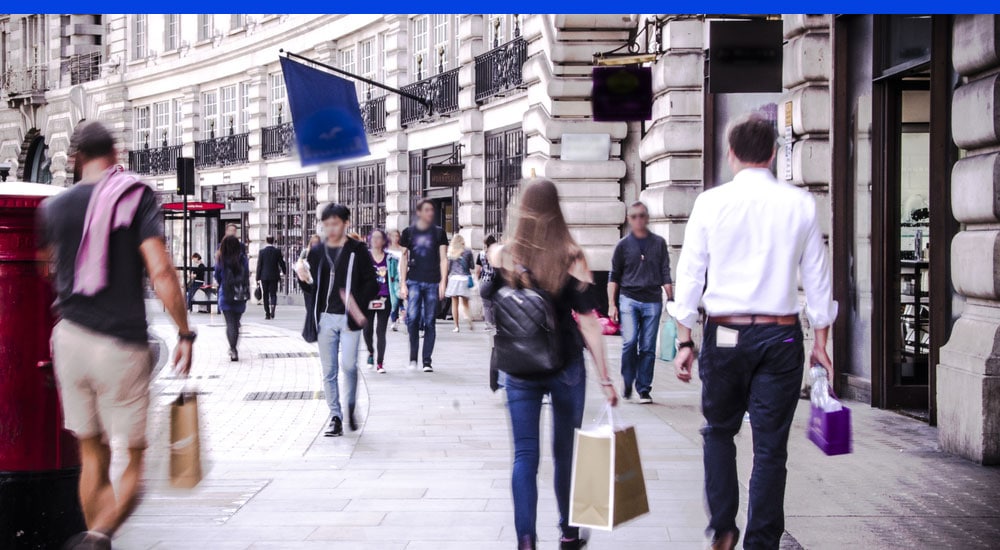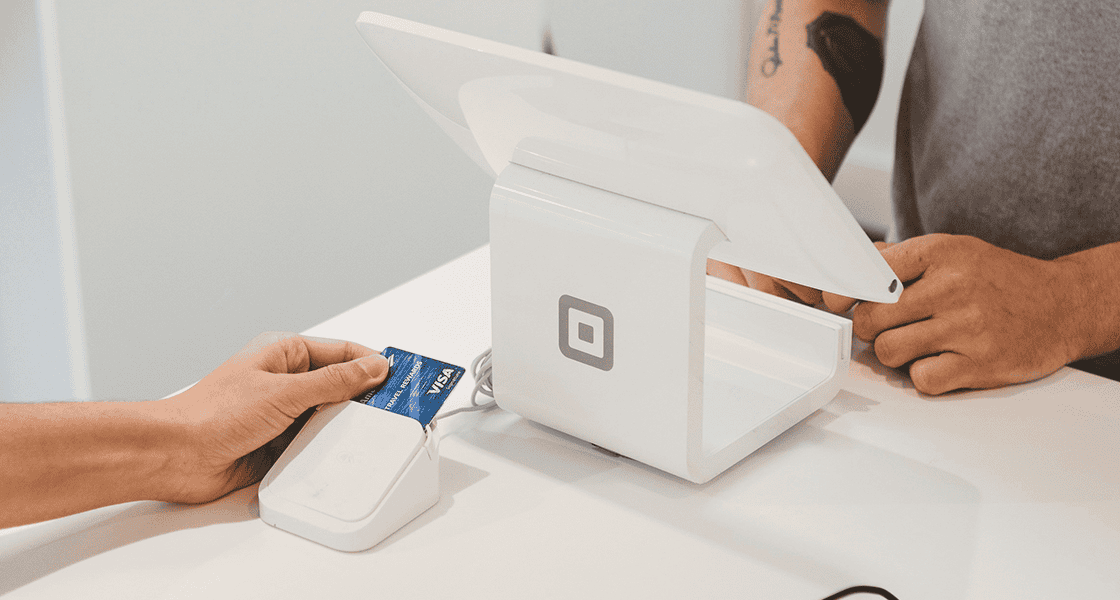Retail & Distribution
3 Surprising Steps To Conquering Global Markets & Unleashing Your Growth
6 March 2019

3 Steps to Conquering Global Markets
It’s a big world out there, and growth-minded retailers are taking advantage of it. Almost one in five retailers who expanded internationally last year are based in the US, followed by Italy (10 percent), France (10 percent), Japan (9 percent) and the U.K. (8 percent), according to CBRE. Many are driven by market saturation at home and a tantalizing array of potential new customers and revenue streams across the globe.
But overall, the pace of global retail expansion has slowed, dropping 2.9% from 2016 to 2017. That’s because retailers have learned that making sure the risks outweigh the rewards in international expansion is more complex than ever. “Retailers are making deliberate, data-focused decisions on opening stores that fit best within their combined omnichannel networks of physical stores and online operations,” CBRE says.
Those deliberate decisions must cover a broad range of categories, from how to localize the brand to how to ensure compliance with each location’s rules and regulations, particularly regarding tax, payments, and privacy. Luxury brands face even more hurdles. But with the right guidance and infrastructure, retailers can unlock brand new opportunities to nurture new customers and new sources of growth.
Steps to Success
Due diligence in global expansion requires three main areas of focus:
- Understand all the ways the target markets differ. Retailers who have made missteps when they cross borders often stumbled over what they didn’t know, assuming their target market functioned similarly to their current one. While retail megatrends like mobile, social and omnichannel are universal, they play out differently according to local distinctions. A given market can differ along a surprising number of dimensions, from their economic, political and regulatory environments, to cultural, linguistic, demographic and labor differences.In India, for example, new retail entrants and their IT infrastructure will need to be agile as the government pushes for cashless payments and replaces indirect taxation with a nationwide tax on goods and services, according to A.T. Kearney. Retailers attracted to Bolivia’s recently increased retail growth must learn to serve a marketplace accustomed to doing 70% of their shopping with street vendors and neighborhood shops. And those setting up shop in the Dominican Republic may need to develop cash-on-delivery for ecommerce sales, since credit vehicles are underdeveloped.
- Learn the rules and regulations in target markets. General Data Protection Regulation (GDPR), Europe’s data privacy laws, may be the best-known, but there are plenty of other ways laws and business practices differ in global markets. Retailers must understand how payments, privacy, security, anti-fraud and other consumer protection requirements differ, and how to ensure and report on compliance.Luxury retailers often must contend with even more cost and complexity because of the services they offer. Offering custom orders, serialized exclusives and product loans for high ticket items – and even simply offering luxury items themselves — can trigger additional regulations, taxes and banking requirements. In Jordan, for example, in addition to 8 percent sales tax and 20 percent customs fees, duties on luxury goods recently increased by 16 percent.Partnering with a provider that “bakes in” and actively maintains local rules and regulations into their retail software is a solid step toward ensuring compliance, but it’s also essential to ensure retailer processes remain in compliance.
- Align with a partner with market knowledge and a global-friendly platform. Several retailers have stumbled by assuming localization should also include working with a local IT solution provider. That ensures currency, business practices and the like fit the market, but it also leads to a patchwork of systems and as a result, issues with consistency, visibility, interoperability, timeliness and profitability that increase risk and raise costsWhat retailers need instead is a platform that incorporates local practices and requirements by market while also delivering consistency and centralization. This enables easy visibility and reporting, as well as access to the real-time data – customer, inventory, transactions, and so on – critical to deliver today’s personalized, enhanced shopping experiences. Shoppers get a consistent, engaging, well-integrated experience across counties and channels.
Retailers who successfully enter or expand in international markets don’t get there alone. Most find their way by aligning with partner that offers solid global credentials as well as a flexible, adaptable platform that incorporates and maintains market-specific rules and regulations. With the right due diligence and the right partners, retailers can unlock exciting new opportunities to expand their brands and their bottom lines.


